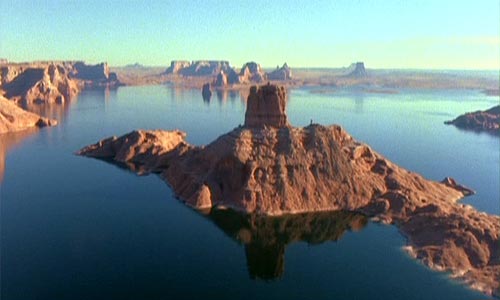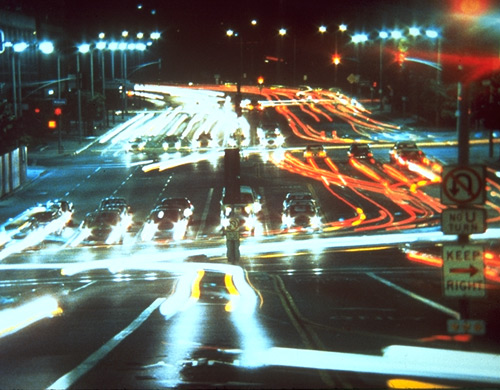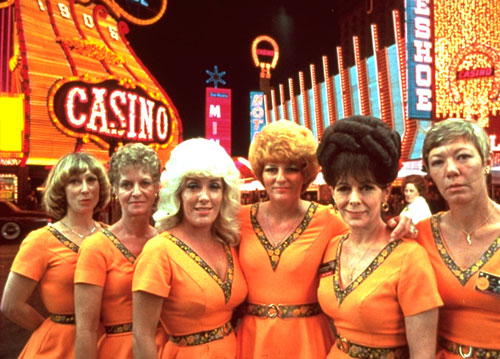Wow. Speechless. As soon as the documentary started I had a sensory overload. The ominous bell ringing along with the confusing visual imagery left me tense and unnerved. It didn’t take long for the headache to sink in and for me to start to count down the seconds for the film to end. I felt my shoulders tighten and found any excuse to look away from the screen. I couldn’t tell what made me more uncomfortable in the audience, the ominous underscore of the documentary or the unsettling visuals used throughout the entirety of the filming. Despite the visceral reaction I just described, which I can only describe as unpleasant, I would definitely recommend watching Koyaanisqatsi to others. I feel people should watch things that make them uncomfortable. By doing so, the audience can explore themselves better and, with this documentary especially, explore a side of a discussion that they typically miss.
The way I viewed the purpose of this documentary was to show that the human world is headed towards disaster. In the opening scenes of the documentary it showed many picturesque views of natural landscapes that had gloomy, threatening “music” played along with it. Without this music setting a scary tone these images would have been considered beautiful and they, arguably, still were just in a much more haunting manner. As the documentary progressed elements of human life and the interaction of humans with nature were portrayed. With the insertion of humans and human elements into Koyaanisqatsi there was a significant change in the music. Images became more hectic and the music was less chilling and more annoying. By the end of the movie nature was completely absent, all that was shown was people in congested cities. All the activities shown were monotonous, moving at accelerated speeds for extended periods of time. It seemed to portray a society that was moving in the wrong direction into chaos. A monotonous, unfulfilling life is depicted seeming to show that we, as a society, is moving in a direction that isn’t beneficial to us or the natural world we live in, before we finally eliminate all of nature in the closing minutes of the film. Lastly the film ends with the destruction of the rocket, a man made object, almost seeming to say that the world we have constructed is headed for destruction itself.
Koyaanisqatsi is a powerful film, spreading the message that the human world is to become inevitably bleak by making the audience uncomfortable. This approach seemingly works; I did not leave class Monday comfortable or happy.



